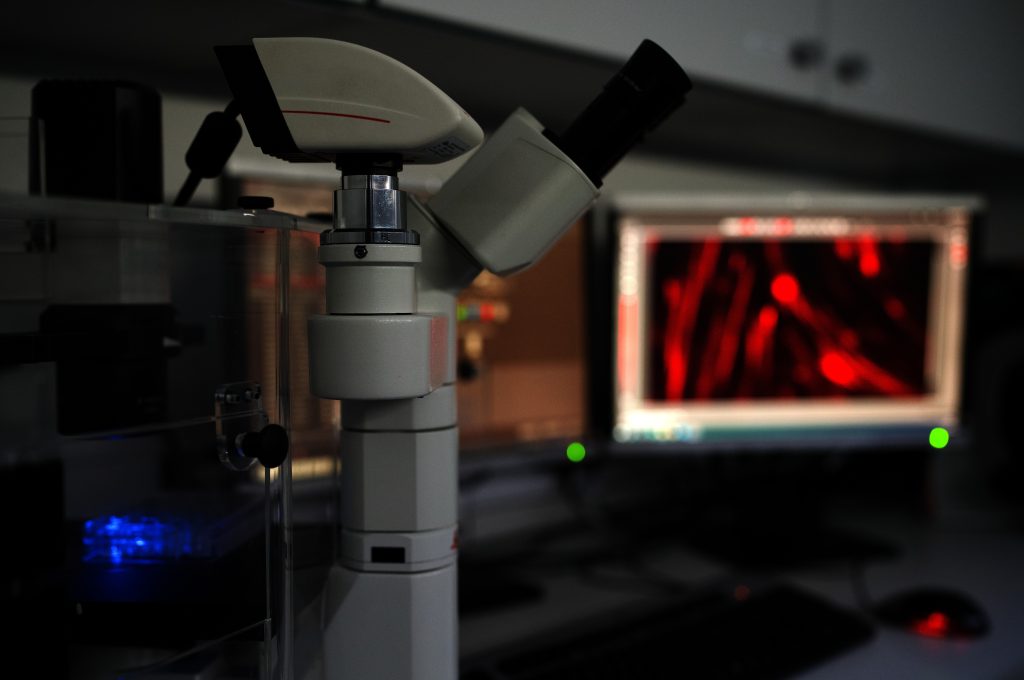Experts in Muscle Biology Testing
Advanced Organ Models
Muscle organs can be combined with other human cells to generate multi-functional organs. Myomaker Bio has extensive experience in the development of novel models for understanding muscle biology
Skeletal Muscle
Neuromuscular Junction
Sensory Innervated Muscle
Vascularised Muscle
Our assays monitor muscle biology in health, exercise, disease, injury and regeneration:
Our models model muscle morphology and function and have been validated using pharmaceutical agents including: Leucine, Insulin, Resolvin and Testosterone.
Mechanical and electrical loading can be utilised to “exercise” tissues. Alterations in loading time, frequency and magnitude can impact muscle morphology and force outputs, allowing different tissue modalities to be realised.
Disease modelling has included Metabolic Disease, where exposure to exogenous Fatty Acids overload induces intracellular lipid droplet formation in muscle organs providing a model of a high fat diet.
Chemical injury has been modelled using barium chloride, cardiotoxin and tubocurarine demonstrating outputs comparable to human muscle.
Barium chloride has been used to ablates muscle fibres, this injury is followed by regeneration of the muscle organ
We work with you to understand the specific output requirements of your project:
The contraction of skeletal muscle is the entire reason it can perform its various roles such as generation of movement or stabilisation of the skeleton. Myomaker Bio can measure contraction in real time within our skeletal muscle organs, a fundamental process in understanding how the organs respond to external factors such as exercise, injury and disease.
The structure of skeletal muscle is highly organised into linear components that allow contractile forces to be transmitted throughout its mass. Function and morphology are inexorably linked to the point that abnormal morphology is linked to abnormal morphology. Myomaker Bio can assess this structure, either as a slice or as the whole muscle organ, allowing tissue health to be assessed following e.g. pharmaceutical intervention.
For skeletal muscle to demonstrate the morphology that drives contraction there is a complex assembly of proteins that the tissue must express, all coded for from specific genes. Myomaker Bio has substantial knowledge of this genetic and protein assembly within our muscle organs, allowing us to unlock the mechanisms that underpin drug-organ interactions.
Despite its major role as a contractile organ, skeletal muscle is also one of the human bodies predominant endocrine (secretion of biological molecules into the blood stream) organs. It is important to be able to measure these secretions, providing insight into not only the muscle organs health status, but into how the organ interacts with other tissues within its environment (e.g. neurons/vasculature) and the whole body (via signalling molecules known as exerkines).
Learn More About our Services
Contact our team today to discover how our human-relevant 3D muscle models and precision assays can advance your drug discovery pipeline, reduce preclinical risk, and accelerate therapeutic outcomes.

